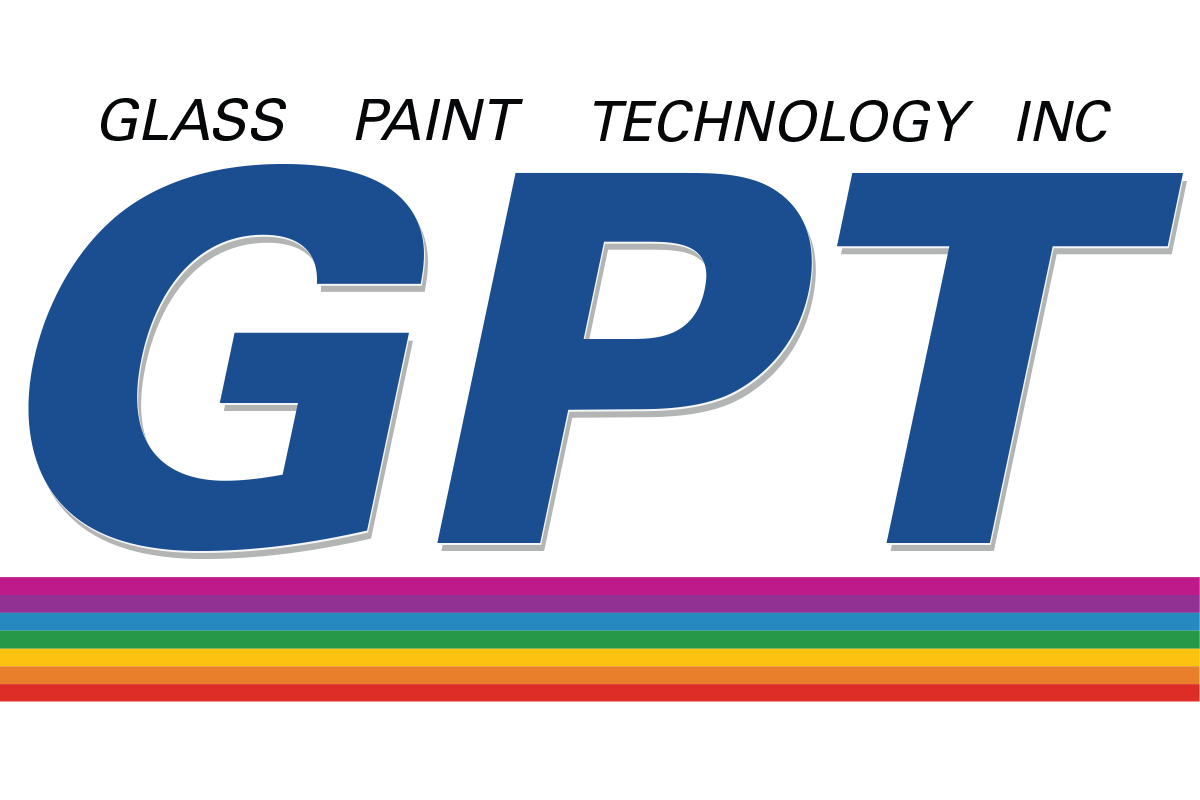Why Hardness And Adhesion Is Important For Glass Paint?
Hardness is an important mechanical property to compare to wear resistance and adhesion property characteristics can contribute to wear failures. In other words, the hardness of a particular glass paint coating is irrelevant if adhesion to glass qualities is poor.
How is Glass Coating Hardness Measured?
Glass coating hardness is measured by Pencil hardness (ASTM D3363). This is a widely used method in the laboratory to evaluate preliminary scratch resistance of visco-elastic paint. Pencils with hardness varying from 4B (softest) to 4H (hardest) are available. The “lead”, actually graphite and clay, in the pencil is not sharpened as for writing but is squared off by rubbing perpendicularly on abrasive paper. For this test, the pencil is held at a 45? angle to the panel and pushed forward with a pressure just below that which will break the lead. Hardness is reported as the grade of pencil that does not cause any gouging of the surface. Test results reflect the combination of modulus, tensile strength, and adhesion. It is also used as an effective tool to QC thermal cured coatings.
How is Glass Coating Adhesion Measured?
Glass coating adhesion is measured by Cross-hatch tape adhesion (ASTM D3359), Positest Pull Off adhesion test (ASTM D4541) and Scrape Adhesion test (ASTM D2197). Adhesion is an essential characteristic of most coatings. It determines the ability of the coating film to adhere during its expected service life.
Unfortunately, there is inadequate basic scientific understanding of the variable affecting adhesion.
The most widely used specification is the cross-hatch adhesion test (ASTM D3359). Using a device with 6 or 11 sharp blades, a scratch mark pattern is made across the sample, followed by a second set cut perpendicular to the first. A strip of pressure-sensitive adhesive tape is pressed over the pattern of squares and pulled off. Adhesion is assessed qualitatively on a 5B (no adhesion loss) to 0B (100% adhesion loss) scale by comparing to a set of 4 photographs, ranging from trace removal along the incision to removal of the most of the area.
The ASTM D2197 Scrape Adhesion test is conducted using three, 3″ x 6″ specimens evaluated for scrape adhesion using a balance beam type scrape tester having a “U” shape scraping tool. Loading is applied in 1 pound increments and tested until the coating was removed or a load of 22 pounds was achieved. The specimen was pushed through the scrape tester over a 3 inch distance at a rate of 2 seconds per inch. Coating thickness was measured using a Mitutoyo Digital Indicator (ICN: Y000118).
Why is Glass Coating Hardness and Adhesion important to Glass Fabricators?
Once the glass paint coating has been applied and cured there are many steps or processes the glass will take that can potentially damage the coating.
Glass Handling and Storage Best Practices
Inspect the glass for any flaws, like chips or scratches, before painting.
The glass handling process, before the coating is applied, must ensure the glass does not pick up contaminants that will become visible after the glass is painted.
While moving the glass make sure there are no obstacles in your path.
Move one piece of glass at a time.
Be careful NOT to bump glass edges or corners.
Do not store glass directly on steel or concrete surfaces.
Use cork, foam, NeoRebond or Felt distance or separator pads to stop glass from touching other pieces of glass or hard surfaces. Make sure you investigate the unique properties of these 4 different pads before you select the product best suited for your application.
Always place the glass long side down.
Store the glass away from traffic.
Examples of Fabricated Glass Processes
It is very important to use a painted coating with hardness and adhesion characteristics that meet or exceed ASTM testing requirements.
When glass is fabricated after it is painted like cutting, polishing, shaping, laminating, sealed unit assembly, and cleaning there is a potential for damage. Additional risks exist during handling, transport and installation at the job site.
Glass paint coatings need to be resilient enough to withstand some contact and remain intact and pass quality inspection on job completion.
GPT Test Results?
Glass Paint Technology met or exceeded ASTM testing requirements (through a third party testing service) or the Glass substrate failed before the Glass Paint coating. Contact us for actual test results.

